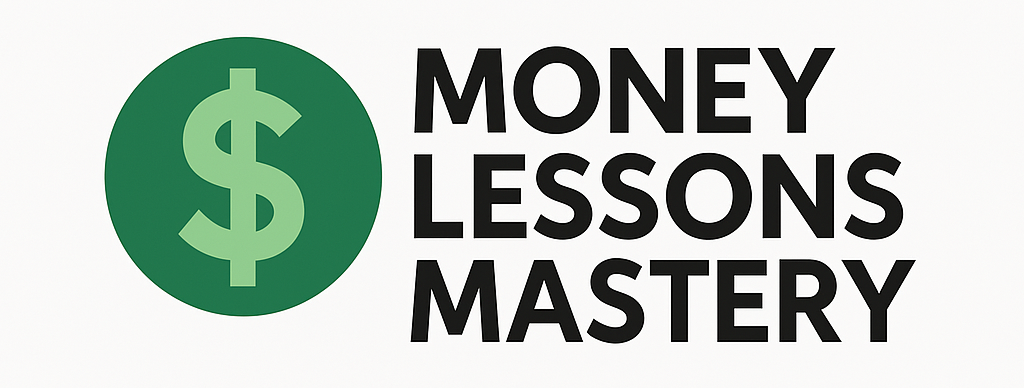Tracking your spending is one of the most important habits you can develop for better financial health. Whether you’re trying to save more, pay off debt, or simply understand where your money goes, keeping tabs on your expenses can help you make smarter decisions. Below are some of the most effective methods to monitor your spending and stay in control of your finances.
1. Use Budgeting Apps
Smartphone budgeting apps are a convenient way to track your spending in real time. Many apps link directly to your bank and credit card accounts to automatically categorize purchases.
- Mint: A free app that provides a complete picture of your finances, tracks spending, and gives budgeting insights.
- You Need A Budget (YNAB): A paid app focused on giving every dollar a job to help you break the paycheck-to-paycheck cycle.
- Goodbudget: Uses the envelope system and is great for couples or shared budgeting.
Tip: Set a few minutes each week to review your spending trends in the app of your choice to stay on track.
2. Review Bank and Credit Card Statements Regularly
Checking your statements each month helps you stay aware of your spending habits and identify any unusual or unauthorized charges.
- Download PDFs or use online banking portals: Go line-by-line to track where your money is going.
- Highlight recurring or large expenses: This helps you pinpoint areas where you might cut back.
Bonus: Spotting fees, subscriptions, or impulse buys can reveal patterns that may be costing you more than you think.
3. Create and Maintain a Spreadsheet
Sometimes the old-fashioned way still works. Using a spreadsheet gives you total control over how you organize and analyze your expenses.
- Use a program like Microsoft Excel or Google Sheets: Set up simple categories like housing, groceries, dining out, utilities, etc.
- Input transactions weekly or daily: Staying consistent will help ensure accurate data.
- Add totals and charts: This can give you a visual snapshot of your spending habits over time.
4. Use the Envelope System
The envelope method is a cash-based system where you physically separate money into categorized envelopes each month.
- Create envelopes for essential spending: Examples include groceries, entertainment, gas, etc.
- Use only what’s in the envelope: Once the cash is gone, wait until the next month to replenish.
This method can be especially effective for those who tend to overspend or want to feel more connected to their money.
5. Set Spending Alerts
Most banks and financial apps offer alerts that notify you when certain spending thresholds are met or a large transaction posts.
- Customize your alerts: Set amounts that align with your budget, like a $50 restaurant limit or $200 weekly grocery cap.
- Stay informed in real-time: Alerts can help you catch issues before they escalate.
6. Track Cash Spending Manually
Digital tracking tools often miss physical cash transactions, so it’s essential to document those too.
- Keep all receipts: Store them in one place and review them weekly.
- Use a mini pocket notebook or smartphone notes app: Record cash purchases as soon as they happen to avoid forgetting.
Tip: Even small cash purchases add up—logging them can reveal surprising trends.
Final Thoughts
There’s no one-size-fits-all approach to tracking spending—what matters most is consistency. Choose the method (or combination) that fits your lifestyle and makes it easy to commit. Whether you’re using an app, spreadsheet, or cash envelopes, being intentional about monitoring your expenses will help you take control of your money and reach your financial goals faster.
